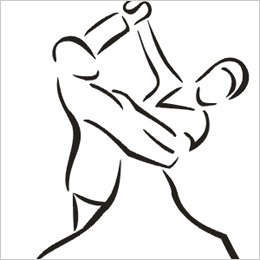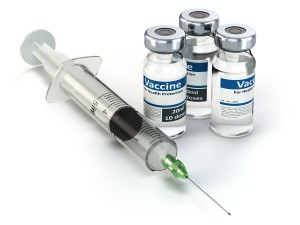In the 21st century, the technology is developing at a rapid speed. And some of these technologies help people cured a lot of diseases. Let the people suffer less pain. But there is one disease that people is still trying to figure out and trying to cure it. This is cancer, which has a huge death percentage. According to the research, there are approximately 564,800 people died in the US in a year due to cancer, which means more than 1500 people per day. So what are the reasons that so many people got these deadly diseases in the world? And for now, can we cure cancers?
I think the first reason cause the cancer is the air pollution. Because we are in the twenty-first century, and we need so many things from the factory. So when factory starts to produce things, the gas they exhausted are bad for people’s heath, and they put these gas directly into the sky. So people will keep exposing to these polluted air, and it gives people more chance to get the lung cancer. According to the world health organization.
Another reason is that the food we are eating can cause we get cancer too. In the world, everyone loves French fries, Hamburgers, and popcorn. And some people will eat it every day. But according to the research, these food are more likely to cause cancer than other food. Because after the food is deeply fried or processed through microwave, the chemicals in the food will cause people to get cancer. So here is a question, can we avoid cancer by eating healthy food? The answer is no. Eat healthy will only lower the chance people will get cancer, it will not totally avoid it. Because in some areas, the water, and the soil is polluted too, so the food planted on that field usually contain heavy metal elements, which is also bad for people’s heath.
Another reason is that the technology we are using. In our home, we all have TV, Microwave, WIFI transmitter and our phone. So these things all has radiations, and these radiations can really cause cancers, especially the microwave. And some people saying that we should put our phone besides to our head or under our pillow while we are sleeping. Because it has the radiations. But these thing is still in debate, but it is for sure that this thing could affect our health. So we should use it properly and protect ourselves.
Like we talked in the class, there are many children also got cancer, which is really hurtful. So now it is the time to face these questions and find a cure in the future.





















 d said is that our brains are highly active when we sleep, and playing white noise keeps our minds stimulated. Now for some people, pure white noise by itself is not enough to find relaxation. So of course there’s nature’s white noise for us to listen to. Forest sounds, ocean waves, campfires, and more are all examples of white noise also.
d said is that our brains are highly active when we sleep, and playing white noise keeps our minds stimulated. Now for some people, pure white noise by itself is not enough to find relaxation. So of course there’s nature’s white noise for us to listen to. Forest sounds, ocean waves, campfires, and more are all examples of white noise also. 

 second time. In order to compare their results, they weighed the cotton suits after each run and compared the numbers. After the experiments were done they concluded that by walking you in fact get less wet. This is not what logic would tell you what would happen and a lot of people challenged this conclusion.
second time. In order to compare their results, they weighed the cotton suits after each run and compared the numbers. After the experiments were done they concluded that by walking you in fact get less wet. This is not what logic would tell you what would happen and a lot of people challenged this conclusion.





 with no one in the car. There are a lot of applications for these self-driving cars including ride-sharing/taxi services and if this technology can be applied to the trucking industry this could have huge implications. Instead of the trucks only being able to drive a maximum number of hours in a day they could drive 24/7 and this would lead to the faster delivery of packages.
with no one in the car. There are a lot of applications for these self-driving cars including ride-sharing/taxi services and if this technology can be applied to the trucking industry this could have huge implications. Instead of the trucks only being able to drive a maximum number of hours in a day they could drive 24/7 and this would lead to the faster delivery of packages. people riding in googles prototype. In the video a blind man is testing out this car and says how it can be life changing. These cars will really benefit people who do not have the ability to drive a car; it will give them the freedom to go where they please that they did not have before.
people riding in googles prototype. In the video a blind man is testing out this car and says how it can be life changing. These cars will really benefit people who do not have the ability to drive a car; it will give them the freedom to go where they please that they did not have before.


